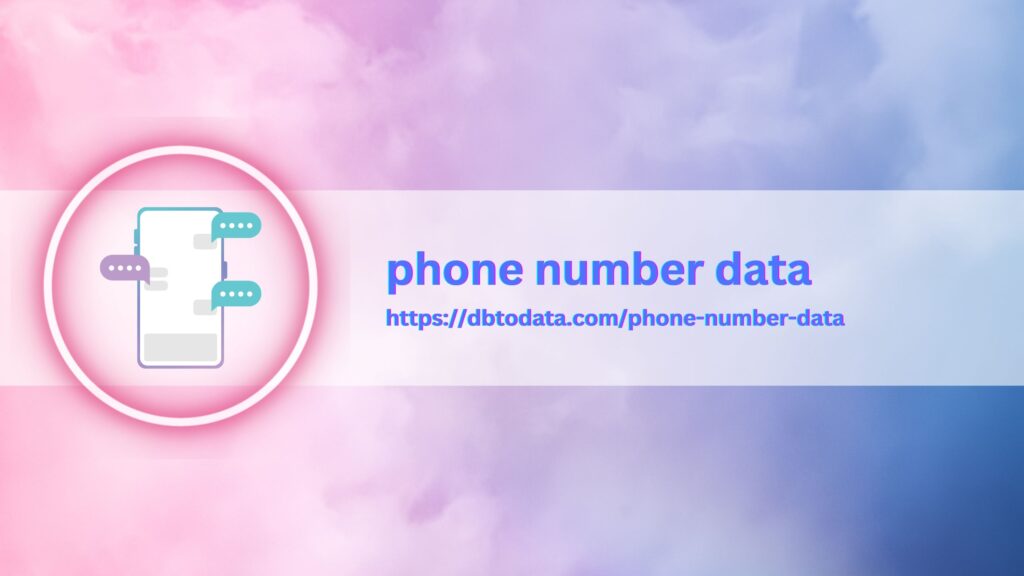In today’s digital age, email has become a primary mode of communication in both personal and professional settings. As such, knowing how to effectively end an email is crucial for leaving a lasting impression and ensuring clear communication. Here are some tips and tricks on how to master the art of ending emails.
Why is Ending an Email Important?
The way you end an email can leave a lasting impression on the recipient. It can convey the tone of your message, show professionalism, gratitude, or warmth, and even set the stage for future communication. A poorly constructed email closing can leave the recipient feeling confused or unimpressed. Therefore, it is essential to pay attention to how you end your emails.
Best Practices for Ending Emails
Use Proper Sign-offs: End your email with an appropriate sign-off such as “Best regards,” “Sincerely,” or “Thank you.” This shows respect and professionalism.
Consider the Tone: Match the tone of your sign-off with the overall tone of your email. For example, if your email is formal, use a formal sign-off.
Personalize Your Closing
If appropriate, add a personal touch to your closing. For instance, you can include the recipient’s name or reference something you discussed in the email.
Keep it Concise: Avoid lengthy or overly elaborate sign-offs. Keep it simple and to the point.
Proofread Before Sending: Always double-check your sign-off for any spelling or grammatical errors before hitting send. A mistake in your closing can detract from your message.
Common Email Closing Mistakes to Avoid
- Overly Casual Sign-offs: While it’s important to be friendly, overly casual sign-offs like “Later” or “Cheers” may not be appropriate in a professional setting.
- Using No Sign-off: Ending an email abruptly korea mobile phone number data a sign-off can come across as rude or unprofessional.
- Inconsistent Tone: Make sure the tone of your sign-off matches the tone of the rest of your email to maintain coherence.
- Using Emoji or Acronyms: Unless you are communicating with friends or family, avoid using emojis or acronyms in your email closings as they can be perceived as unprofessional.
How to End an Email Professionally
When ending an email in a professional setting, it’s important to strike how i spent the work week running more than 111 kilometers right balance between friendliness and formality. Here are some examples of professional email sign-offs:
- Best regards
- Kind regards
- Sincerely
- Warm regards
- Thank you
- Yours faithfully
Conclusion
In conclusion, ending an email may seem like a small detail, but it can have a ws data impact on how your message is received. By following best practices, avoiding common mistakes, and using professional sign-offs, you can ensure that your emails leave a positive impression and facilitate clear communication. Next time you compose an email, pay attention to how you end it to make a lasting impact.
Remember, the way you end your email can leave a lasting impression. So, choose your email sign-off wisely to convey the right tone and message to your recipient. How do you usually end your emails? What’s your go-to sign-off?

